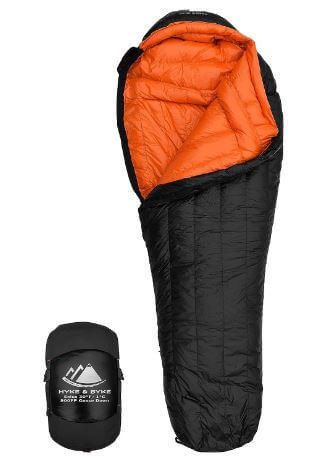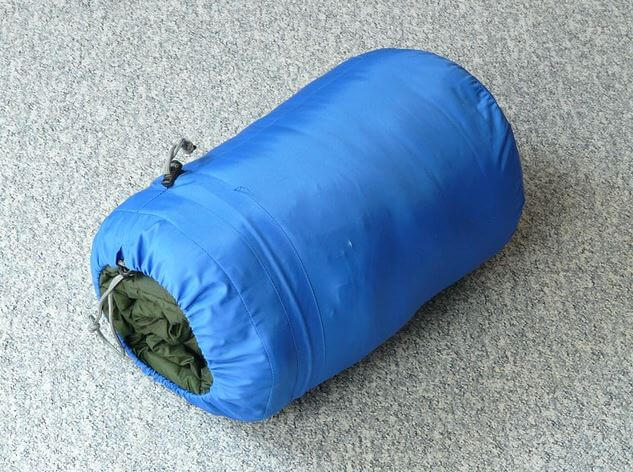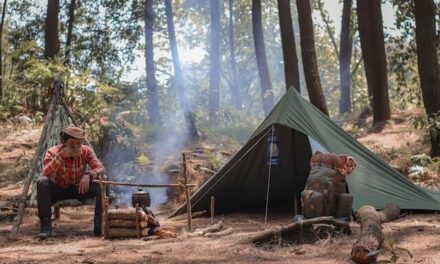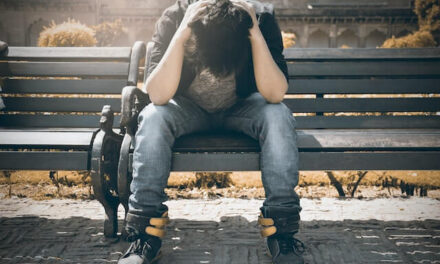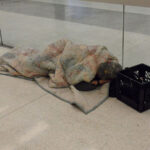Choosing The Right Sleeping Bag
There are two types of sleeping bags to choose from when you are homeless. A Summer bag and a Winter bag. Your Summer bag should be small, lightweight, and able to keep you warm down to 40 degrees. You start using them when the night temps rise to the mid to high thirties or when your Winter bag becomes too hot. That time of the year depends on your location. If you’re in a city that’s hot all year around, a summer bag may be all you need throughout the year. You just need to add a liner in the winter.
It’s time to take out your Winter bag once the night temps start dipping below 35 degrees and are going to get much lower. If the night temps dip below 25 degrees, a zero-degree bag is recommended. If night temps are going to be above 25 degrees, a 15 – 20 degree bag is recommended.
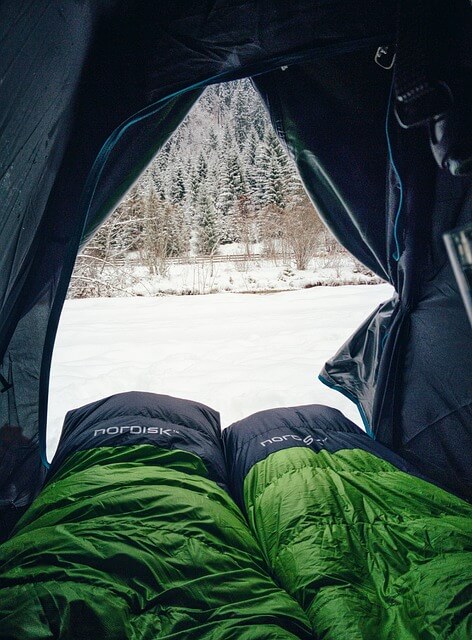
Understanding Sleeping Bag Temperature Ratings
I’m willing to bet I confused a few people with all those numbers. Let me explain how temperature ratings work with sleeping bags. The temperature rating you see on a sleeping bag is the survival rating. If the temperature gets down to the posted rating of your bag, you won’t be warm, cozy, and comfortable throughout the night. You’ll survive, but you’re going to be shaking and shivering all night long. If you want to be toasty in your bag at night, you have to give yourself a buffer of 10 to 20 degrees. So if the night temps are going to be 20 degrees tonight, you actually need a zero-degree bag to keep warm. Warmer night temps like 40 to 50 degrees are different Just give yourself a 5 to 10 degree buffer.
A lot of people assume that people experiencing homelessness are suffering in their tents during cold winters. That’s simply not the case. Many of us are very warm and comfortable during the Winter. If you have the right gear, you’ll be nice and toasty in the harshest Winters. The cold isn’t your worst enemy when sleeping outside. It’s the wind. I survived last year’s Polar Vortex with no problem. Temps got down to -25, but I was toasty the entire time. Based on my experience, I recommend the following guide below to stay warm at night. Always have a liner handy to add extra warmth. You can always unzip your bag if it feels too warm.
| NIGHT TEMPERATURES | SLEEPING BAG RATING |
| 50° | 40° |
| 40° | 20° – 30° |
| 30° | 15° – 20° |
| 20° | 0° – 10° |
| 10° | 0° |
| 0° | -25° – -5° |
Synthetic VS Down
The two types of insulation you’ll have to choose from are synthetic and down. For people experiencing homelessness, the clear choice between the two is down. It’s lightweight, easy to compress, and easily outperforms synthetics in cold weather. The only drawbacks are that down takes longer to dry if it gets wet, and it’s far more expensive. Here’s what I have to say about that. It’s expensive to be poor. That’s another rule you have to follow if you want to do more than survive while being homeless. And there are a lot of other things that you’ll be paying for to be comfortable. The extra money that you pay for a down bag means it will weigh less than half that of a synthetic. It will fit in your pack and not be a burden on your back.
I want you to remember the entire point of this series is to teach you the correct way to sleep outside. You should be as lightweight as possible, and be able to fit all of your gear into a single backpack, in case you’re told to move on. Weight should be considered when purchasing all of the essentials mentioned in this series.
